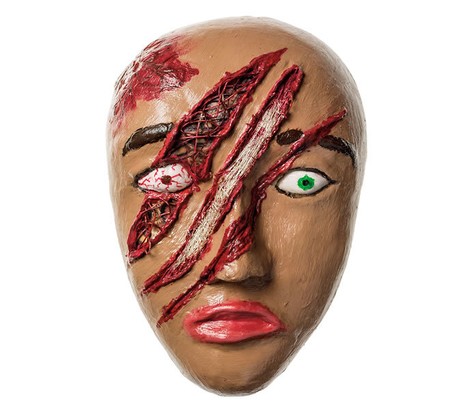Your podcast discovery platform
Curious minds select the most fascinating podcasts from around the world. Discover hand-piqd audio recommendations on your favorite topics.

piqer for: Globalization and politics Global finds
Freelance journalist based in Istanbul. Keeping an eye on Turkish politics and development.
Who Is The Most Injured: The Soldier Who Lost Both Legs Or The One Who's Been A Little Out Of Sorts?
An amazing story on the brain trauma caused by blast events, the signature injury of the Iraq and Afghanistan campaigns.
"According to the U.S. Department of Defense, between 2001 and 2014 some 230,000 soldiers and veterans were identified as suffering from so-called mild traumatic brain injury (TBI), mostly as a result of exposure to blast events."
However, the variety of symptoms and the resemblance with PTSD make it hard to pin down casualty figures.
The first part is a multimedia story on an art project by therapist Melissa Walker. The soldiers' voices and fears intermingle with images of themselves, their families and their art projects. As part of their therapy, soldiers painted masks symbolizing themes such as death, physical pain and patriotism.
"The PTSD is... unseen scars. An inside wound. Sometimes I wish I would have lost a body part, so people will see–they'll get it." Army First Sgt. David Griego
Part 2 reveals the invisible trauma of war and reviews studies that show how the blast wave associates with brain injuries.
There is still no definite means of diagnosis. What we do know is that it is not possible to prevent it and that it has no cure.
Researchers also believe that TBI increases vulnerability to certain psychological disorders, and even suicide, among veterans.
The first studies about the effects of brain damage caused by blasts began in World War I. Case reports back then give details of veterans sunk in lethargy or exploding in paranoid acts of anger, among others. They represent the best data available on the long-term fate of shell-shocked veterans.
Studies after World War II completely overlooked the brain.
"When bombs are going off, it’s easier to forget about the guy who’s been a little out of sorts than the guy who’s sitting near him and got both his legs blown off." Lt. Col. Kevin "Kit" Parker
As of now, the only reliable method of diagnosis of the biological effects of blast force on the human brain is an autopsy.
